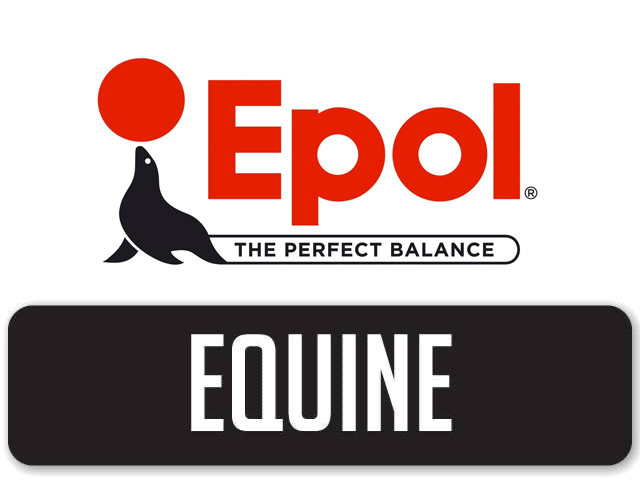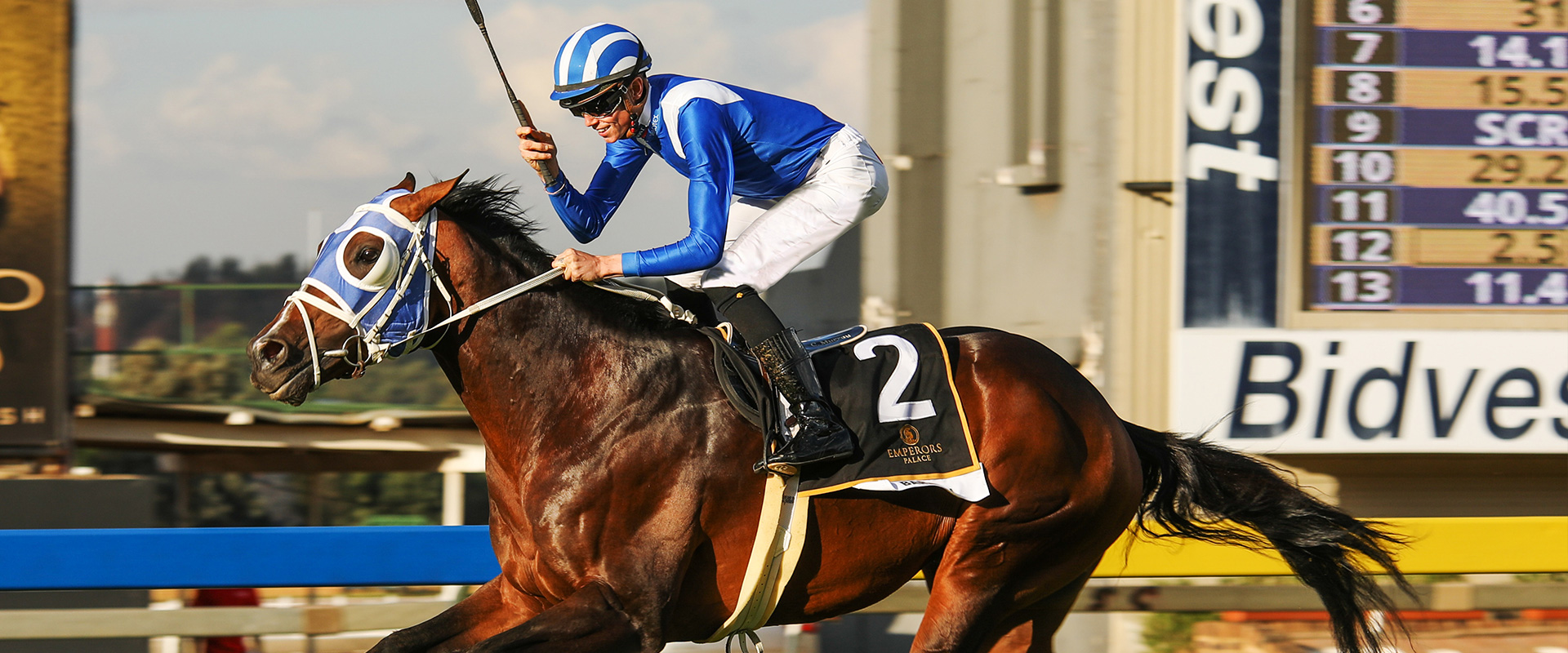How can the GI index help my horse?
From the above graph it is evident that the GI can affect the primary fuel supply quite dramatically – note that this graph depicts a horse that is at rest.
Consuming a high GI carbohydrate immediately before a race or workout can cause the blood sugar to spike, then quickly fall below optimal levels leaving the horse with little energy for continued work.
However a low GI carbohydrate can help stabilize the energy release. Horses naturally will eat little and often throughout a 24hr period allowing the body to be provided with a prolonged supply of usable energy. However as humans we restrict this natural behaviour. By supplying a low GI diet we can help to stimulate a similar prolonged energy release.
How can I put this into practice ?
The most important pre exercise (or pre event) consideration is to ensure that one has topped up the carbohydrate stores with a low GI . This will assist in promoting positive effects during exercise including minimizing the hypoglycemia that occurs at the start of exercise, increasing the concentration of fatty acids (an energy source) in the blood, increasing fat oxidation and reducing reliance on carbohydrate fuel. This carbohydrate sparing helps to prolong the endurance ability. A product like Equus Cool n Perform would be ideal as a Low GI option.
During a competition or endurance ride however we need to supply instant energy for our horses and at this point a high GI food will able to body to shuttle glycogen into the muscle cells and replenish the depleted glycogen reserves much quicker thus topping up your horses energy reserves. Equus Race n Replace is a High GI energy booster meal designed to not only give the horse the instant energy needed during competition but will also help to replenish depleted stores after a race.
Will feeding a high GI diet during a Endurance race be a problem?
The insulin response to carbohydrate ingestion is suppressed during exercise. Much research has focused on consuming carbohydrates during exercise to slow the depletion of the body’s carbohydrate stores and thus delay the onset of fatigue. Exercise-induced elevation in epinephrine depresses the release of insulin from the pancreas. Thus, concerns about carbohydrate feedings with a high GI increasing insulin and depressing fatty acid availability is less likely to occur when fed during exercise.
Can a high-GI feed cause an “energy spike” with negative after effects?
The insulin response to carbohydrate ingestion is suppressed during exercise. A lot of human research has focused on the effect of consuming carbohydrates during exercise to slow the depletion of the body’s carbohydrate stores and thus delay the onset of fatigue. Exercise-induced elevation in epinephrine depresses the release of insulin from the pancreas. Thus, concerns about carbohydrate feedings with a high-GI increasing insulin and depressing fatty acid availability is less likely to occur when fed during the event.
How can a high-GI feed help my horse after training or competition?
Equine research in this field is unfortunately limited but human research clearly shows that consuming carbohydrates within the first 30 minutes after exercise optimises the replenishment of glycogen stores, whereas after an hour or longer, the replenishment process slows down considerably. Making use of this “window of opportunity”, while the muscles act like sponges in sucking up glycogen, is important for effecting optimum performance when in hard training. This is also very important during multi-day events as feeding a high-GI feed within the first half hour after the race can play a role in more effective refuelling for the next day.





